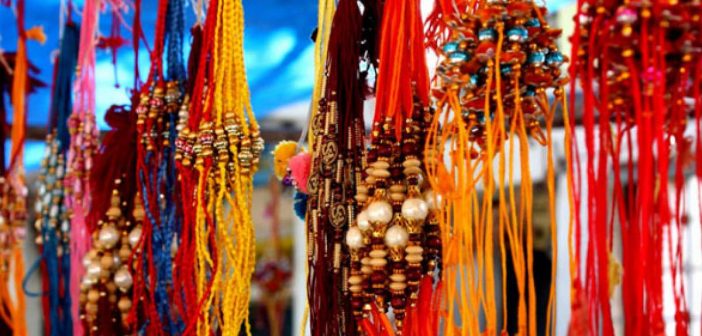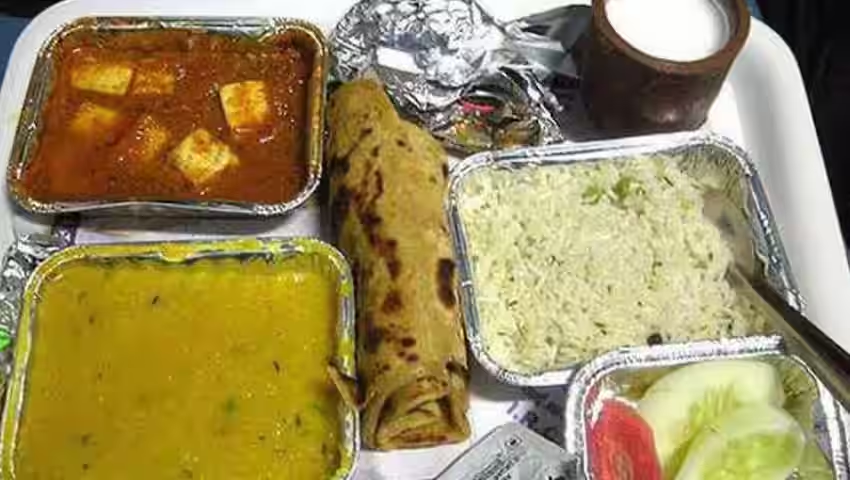The Raksha Bandhan festival is not just a celebration of sibling bonds; it is also a significant contributor to the Indian economy. The market for rakhis, which encompasses both organized and unorganized sectors, has grown considerably over the years, driven by a combination of cultural importance and evolving consumer preferences. This analysis provides a comprehensive look at the rakhi market, covering online and offline sales, domestic and imported products, and the dynamics between the organized and unorganized sectors.
1. Market Size and Growth
The Indian rakhi market is estimated to be worth around ₹5,000 crores (approximately $600 million) annually, with consistent growth observed over the past few years. This growth is attributed to the increasing commercialization of festivals, the rise of e-commerce, and the introduction of new and innovative products. The market is expected to grow at a CAGR of around 5-7% over the next few years, driven by higher disposable incomes and a growing emphasis on festive celebrations.
Organized vs. Unorganized Market
The unorganized sector continues to dominate, accounting for about 70-75% of the total market. This sector includes small-scale artisans, local vendors, and traditional markets, where the majority of rakhis are sold. The organized sector, which includes branded products and e-commerce platforms, holds a 25-30% share, but this is rapidly increasing as more consumers shift to online shopping and branded products.
2. Unorganized Market: The Backbone of Rakhi Sales
The unorganized rakhi market thrives in local bazaars across India. Major markets like Delhi’s Sadar Bazar, Mumbai’s Crawford Market, and Jaipur’s Johari Bazaar are hubs for rakhi sales, where small-scale manufacturers and artisans sell their products.
- Market Value: The unorganized sector’s share of the market is estimated to be worth around ₹3,500-3,750 crores. These markets are particularly popular for their variety and affordability, offering everything from simple thread rakhis to elaborate designs featuring beads, stones, and even precious metals.
- Cultural Significance: The unorganized sector’s strength lies in its cultural connection. Consumers often prefer buying rakhis from these markets due to the traditional shopping experience, which includes the personal touch of selecting rakhis in person, often accompanied by purchasing sweets and other gifts.
3. Organized Market: E-commerce and Branded Products
The organized rakhi market, which includes both physical stores and online platforms, is growing rapidly. This sector is driven by branded rakhis, designer products, and the convenience of online shopping.
- Market Value: The organized sector is valued at around ₹1,250-1,500 crores and is expected to grow at a faster pace than the unorganized sector, driven by rising consumer awareness and the proliferation of online platforms.
- E-commerce Influence: The growth of e-commerce has been a game-changer for the organized rakhi market. Platforms like Amazon, Flipkart, and specialized websites such as Ferns N Petals and FlowerAura dominate online sales. During the Raksha Bandhan season, these platforms offer a wide range of rakhis, often accompanied by discounts and special offers. Online sales have particularly surged among non-metro customers, who account for about 50% of the total online rakhi and gift shopping (IndianRetailer).
- Product Innovation: The organized market is known for its product diversity, including eco-friendly rakhis, personalized rakhis, and designer collections. The rise of sustainable rakhis, made from materials like seeds, paper, and organic threads, reflects the growing consumer consciousness around environmental issues.
4. Imported Rakhis: The Impact of Foreign Goods
Imported rakhis, primarily from China, have a significant presence in the Indian market. These rakhis are often cheaper and are available in bulk, making them a popular choice among wholesalers and budget-conscious consumers.
- Market Share: Imported rakhis hold about 20-25% of the market share. Despite the government’s push for ‘Make in India’ and the ‘Vocal for Local’ campaigns, the price advantage of imported rakhis keeps them in demand, especially in the unorganized sector.
- Challenges for Domestic Producers: The influx of imported rakhis presents challenges for local artisans and small-scale manufacturers, who struggle to compete on price. However, there is a growing trend of consumers preferring domestically produced rakhis, driven by patriotic sentiments and government initiatives.
5. Offline vs. Online Sales: A Shifting Balance
The traditional rakhi shopping experience in local markets remains popular, particularly in smaller towns and among older generations. However, the balance is shifting towards online sales, driven by the younger generation and urban consumers who value convenience and variety.
- Offline Sales: Offline sales still dominate the market, particularly in the unorganized sector, which relies on traditional sales channels. However, the growth rate of offline sales is slower compared to online platforms.
- Online Sales: Online sales are growing at a rate of over 15% annually, with significant growth observed during the Raksha Bandhan season. The convenience of doorstep delivery, coupled with the ability to send rakhis to different parts of India and abroad, has made e-commerce a preferred choice for many consumers.
6. Regional and Cultural Influences
Regional variations play a significant role in the rakhi market. For example, certain types of rakhis like Lumba rakhis from Rajasthan or Kundan rakhis from Gujarat are more popular in specific regions. Cultural factors also influence the designs and types of rakhis that are in demand.
7. Future Trends and Outlook
The future of the rakhi market in India is expected to be shaped by several key trends:
- Growth of the Organized Sector: The organized sector is likely to see continued growth, driven by e-commerce, branding, and product innovation. The focus on premium and designer rakhis will cater to the evolving tastes of urban consumers.
- Sustainability: As consumer awareness around environmental issues grows, the demand for eco-friendly rakhis is expected to rise. Artisans and brands focusing on sustainable practices will likely gain a competitive edge.
- Government Support: Initiatives to promote local artisans and reduce dependence on imports will play a crucial role in shaping the future of the market. Increased emphasis on ‘Make in India’ and ‘Vocal for Local’ campaigns will support the growth of the domestic rakhi industry.
Conclusion
The Indian rakhi market is a dynamic and evolving sector, deeply rooted in tradition but increasingly influenced by modern trends. While the unorganized sector continues to dominate, the rapid growth of the organized sector and e-commerce is reshaping the market landscape. As consumer preferences shift and technology advances, the rakhi market is poised for significant transformation in the coming years, with opportunities for both traditional artisans and modern retailers to thrive.






